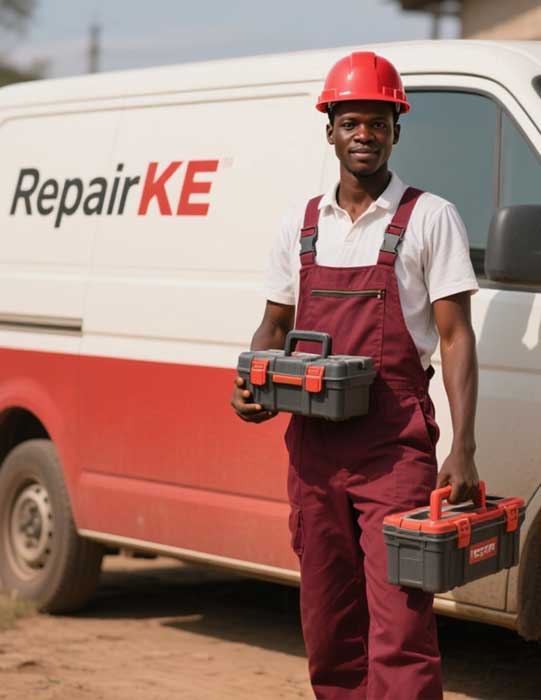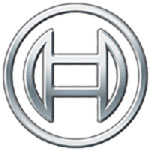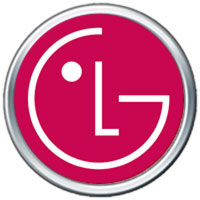
Shock absorber | Purpose & Symptoms of Breakage & Price in Ksh
Shock absorbers are vital components of a vehicle's suspension system, playing a crucial role in ensuring a smooth and safe driving experience. Understanding their purpose, recognizing when they're failing, and knowing the cost implications can help vehicle owners make informed maintenance decisions.
Purpose of Shock Absorbers
Shock absorbers serve several essential functions in your vehicle:
-
Control Vehicle Movement: They dampen the compression and rebound movements of your vehicle's springs, preventing excessive bouncing after hitting bumps or potholes.
-
Maintain Tire Contact: By minimizing body roll during cornering and preventing nose-diving during braking, shock absorbers ensure your tires maintain optimal contact with the road surface.
-
Enhance Comfort: They absorb road irregularities, providing a smoother ride by reducing vibrations transferred to the vehicle's cabin.
-
Improve Safety: Properly functioning shock absorbers reduce stopping distances and improve handling during emergency maneuvers, making your vehicle safer to drive.
-
Protect Vehicle Components: They reduce stress on suspension components, steering systems, and other vehicle parts, extending their lifespan.
Symptoms of Shock Absorber Breakage
Recognizing the signs of failing shock absorbers can prevent more severe damage and safety issues:
-
Excessive Bouncing: If your vehicle continues bouncing after hitting a bump, your shock absorbers may be worn out.
-
Nose-Diving During Braking: When your vehicle's front end dips dramatically during braking, this indicates failing front shock absorbers.
-
Increased Body Roll: Excessive leaning during turns suggests the shock absorbers are no longer effectively controlling vehicle movement.
-
Uneven Tire Wear: Cupped or scalloped patterns on your tires often indicate poor suspension performance.
-
Fluid Leaks: Visible oil or fluid on the exterior of the shock absorber is a clear sign of failure.
-
Knocking or Rattling Noises: Unusual sounds when driving over bumps often indicate loose or damaged shock components.
-
Poor Steering Response: If your vehicle feels unstable or the steering wheel vibrates, your shock absorbers might be compromised.
Price Range in Kenyan Shillings (Ksh)
The cost of shock absorbers in Kenya varies based on vehicle make, model, and absorber quality:
Economy/Local Brands
- Small Cars: Ksh 2,500 - 4,500 per piece
- Sedans/Hatchbacks: Ksh 3,500 - 6,000 per piece
- SUVs/Crossovers: Ksh 5,000 - 8,000 per piece
- Commercial Vehicles: Ksh 6,000 - 10,000 per piece
Mid-Range/OEM Quality
- Small Cars: Ksh 5,000 - 8,000 per piece
- Sedans/Hatchbacks: Ksh 7,000 - 12,000 per piece
- SUVs/Crossovers: Ksh 10,000 - 18,000 per piece
- Commercial Vehicles: Ksh 12,000 - 20,000 per piece
Premium Brands (Monroe, KYB, Gabriel)
- Small Cars: Ksh 8,000 - 15,000 per piece
- Sedans/Hatchbacks: Ksh 12,000 - 20,000 per piece
- SUVs/Crossovers: Ksh 18,000 - 30,000 per piece
- Commercial Vehicles: Ksh 20,000 - 35,000 per piece
Additional Costs
- Installation: Ksh 1,500 - 3,500 per set
- Alignment: Ksh 2,000 - 4,000
- Related parts (mounts, bushings): Ksh 2,000 - 6,000
It's recommended to replace shock absorbers in pairs (both front or both rear) to maintain balanced handling and performance. Most shock absorbers should last between 50,000 and 100,000 kilometers, depending on driving conditions and vehicle use.
Professional Assistance
For expert advice, quality shock absorbers, and professional installation services, contact our experienced technicians at 0770029959. We provide comprehensive diagnostics, competitive pricing, and guaranteed workmanship to ensure your vehicle performs at its best.
Regular inspection and timely replacement of worn shock absorbers not only improves riding comfort but also enhances safety and prevents costly damage to other vehicle components.




